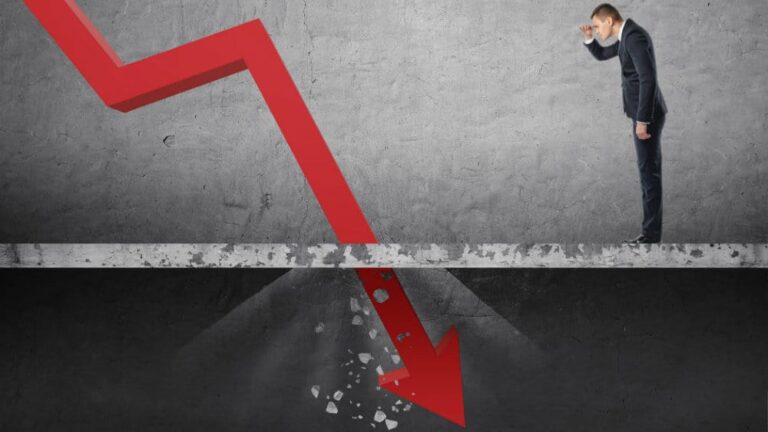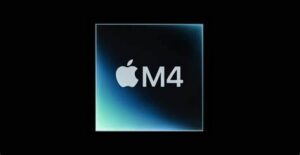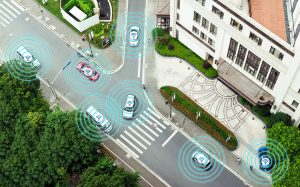- Those predicting the demise of the HDD need to think again.
- The idea has long been that the superior performance of a solid state disk drive (SSD) combined with its lower power consumption would push the hard disk drive into obsolescence but it hasn’t happened.
- The more that time goes by, the less likely this seems.
- When 1GB of flash storage costs the same as 1GB of magnetic storage then of course it’s a no brainer, but the horizon for this magic event always seems to get further and further away.
- Heat Assisted Magnetic Recording (HAMR) promises to push capacity to 30-50TB per 3.5inch internal hard drive a mere 8-12x of cutting edge today which will cause the $/GB to plummet further.
- The net result is likely to be that for the foreseeable future, the cost of HDD storage will be so much less than SSD that it will not make economic sense to do away with it.
- This is why I think that hybrid drives are going to become a very important part of storage in computing and probably tablets and ultrabook devices as well.
- A hybrid drive is a single unit that combines both flash memory and a HDD together with the idea being to give the flash-like performance at a fraction of the cost of having all that storage in flash memory.
- Both Seagate and Western Digital have announced hybrid devices and now Apple has announced an in house version for its Macintosh computers. (Fusion Drive).
- This all sounds great but there is a catch.
- The catch is software. The two storage systems masquerade as a single volume which means that what gets stored where has to be monitored and adjusted based on how the device is used.
- Software is not the strong suit of either Western Digital or Seagate and I suspect that this functionality is going to prove much more difficult to get right than they are letting on.
- Apple, on the other hands is much better at this sort of thing and I have greater confidence that the performance of the Fusion drive will superior at least for a couple of iterations.
- This area of software is right up there with synchronisation in terms of difficulty.
- It looks very simple but is fiendishly difficult to get right and I can see all the players floundering and struggling to get it right.
- The net result is that HDDs are not going anywhere, in fact they are likely to have a much longer lease of life than anyone who looks at the memory market is forecasting.









Blog Comments
Adam Nealis
October 24, 2012 at 2:57 pm
Another negative for SDD is reliability. That is, the number of read/ write cycles before the memory cells start to fail. Not a problem if you back up your data (to hard disk).
Bruce Mckay
October 25, 2012 at 11:51 am
Lots of people are intrigued by Apple’s Fusion Drive… given that it is all in software there isn’t a logical reason why it couldn’t be more widely deployed than its current availability in new iMac’s and Mac Mini’s…
I suspect the reason is that Apple needs real world use data to fine tune its algorithms and get the efficiency of the software right. Thus in 12 months we might we availability extend to more models and system – a bit like Apple has done with its Power Nap feature…
I agree that drive manufacturers are likely going to struggle with implementing these hybrid drives successfully – its the software that does the heavy lifting and they just don’t have the experience in this area…
windsorr
October 25, 2012 at 1:16 pm
Absoluteley agree…its always the software that trips everybody up….lets hope fusion drive is not another mobile me or Apple maps….this would be a screw up less easy to recover from gievn the fundamnetal nature of this function.
windsorr
October 25, 2012 at 1:14 pm
That is very true….I suspect though it will be a problem solved with time….